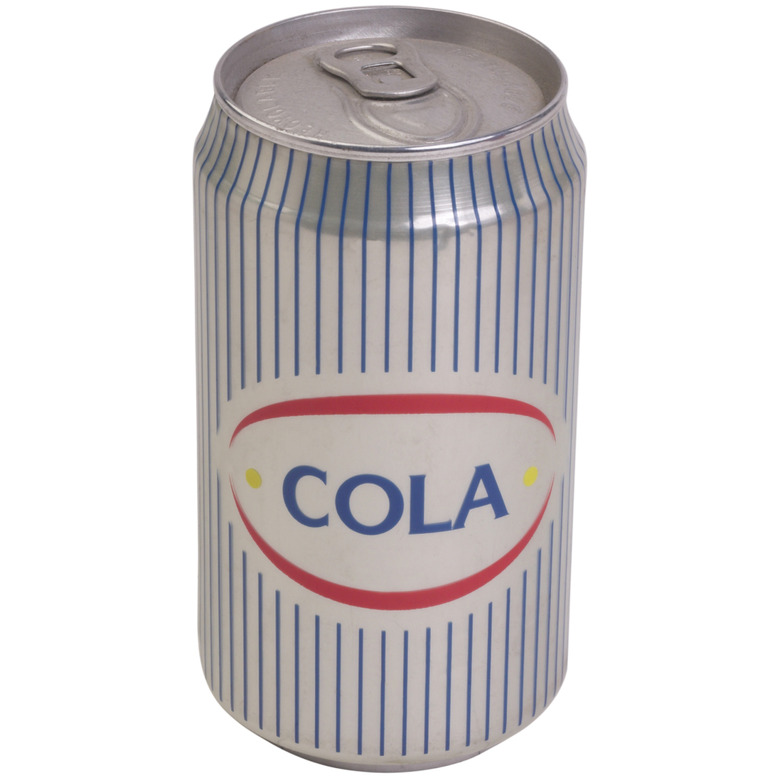What Is The Fastest Way To Cool A Soda For A Science Project?
A cold can of soda on a hot day may quench your thirst, but settling for warm soda will likely leave you and your thirst feeling unsatisfied. For your next science project, consider a practical experiment to determine the best way to cool a soda.
Ice or Freezer
Ice or Freezer
Compare the effectiveness of using ice to cool soda as opposed to sticking the soda in the freezer. Open four cans of room-temperature soda, pour into Styrofoam cups and test the starting temperature of each with an instant-read thermometer. Set two of the cups in the freezer. Place two ice cubes each in the other two cups. Compare the temperature of each sample every 5 minutes for half an hour to gauge which method cools the soda faster.
Cup Material
Cup Material
Set several cans of soda in sunlight for a few hours or empty the cans into a small saucepan set over low heat for several minutes without boiling. Divide the warm soda evenly between two Styrofoam cups, two plastic cups and two glass cups. Measure the soda temperature and cover the cups with plastic wrap to reduce evaporation. Compare the soda temperature in each cup every 5 minutes for half an hour to determine which material allows soda to cool quickest.
Ice versus Ice Water
Ice versus Ice Water
Check the temperature of four opened room-temperature cans of soda using an instant-read thermometer. Cover each opening with a wad of plastic wrap. Place two cans in one Styrofoam cooler and two in another Styrofoam cooler. Fill both coolers with enough ice to reach the tops of the cans without covering them. In one cooler, cover the ice with water. Check the temperature of each can in five-minute intervals for half an hour to determine which method cools the quickest.
Cooling in the Can
Cooling in the Can
Open eight cans of room-temperature soda, test the temperature of each and cover each opening using a wad of plastic wrap. Place two cans in a Styrofoam cooler filled with ice and two in a Styrofoam cooler filled with ice water. Place two cans in the refrigerator and the last two in the freezer. Check each in five-minute intervals over half an hour. Keep the refrigerator and freezer doors closed as much as possible.
Cite This Article
MLA
Lowe, Caitlynn. "What Is The Fastest Way To Cool A Soda For A Science Project?" sciencing.com, https://www.sciencing.com/fastest-cool-soda-science-project-8794955/. 24 April 2017.
APA
Lowe, Caitlynn. (2017, April 24). What Is The Fastest Way To Cool A Soda For A Science Project?. sciencing.com. Retrieved from https://www.sciencing.com/fastest-cool-soda-science-project-8794955/
Chicago
Lowe, Caitlynn. What Is The Fastest Way To Cool A Soda For A Science Project? last modified August 30, 2022. https://www.sciencing.com/fastest-cool-soda-science-project-8794955/
